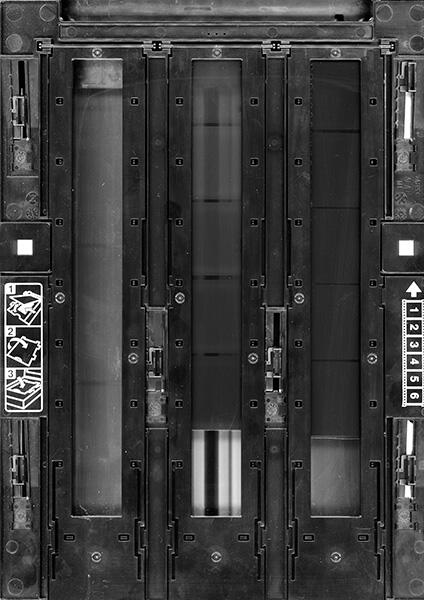Scanning Film
VueScan Can Get It Wrong
I have finally got round to fixing the densitometer after waiting what seemed for ever to get a spare part so now I have started to conduct a series of film tests mainly to establish my own personal EI (ISO) rating for the film/camera and developer I use in all formats as well as film development times which will be suitable for both darkroom printing and also digital scanning.
The process is slow but enjoyable which is a motivating factor in itself for me to keep going.
So far I have completed the test for just one film, developer and camera
FomaPan 200 35mm – EI 125
Camera: Pentax Spotmatic
Developer: Kodak D-23 Replenished ( 7 1/2 Minutes ) 20°c
After finding the correct ISO rating and doing the developer time test for Zone VIII on Ilford MGV paper, I moved onto the digital side to see if any development adjustments needed to be made for my scanners which are an Epson V800 and Minolta DImage.
According to the information I have, the Epson should be able to handle a density of 2.2 (10.6) stops and the Minolta should be able to handle a density of 4.3 (14.3) stops so in theory, fine tuning the development time for darkroom paper should be a breeze for both scanners.
I started by creating a series of 10 exposures of a textured subject ranging from Zone 1 through to and including Zone 10. I chose Zone 1 simply because I wanted to make sure the density reading was still giving me 0.1 above the film base at the ISO rating I had calculated (ISO 125).
After developing the film it was time to scan them with the Epson V800 using Vuescan in 2 strips, one strip was Zone1 – 5 and the second strip was Zone 6 through to Zone 10.
I even decided to use the 35mm holder that came with the scanner to try and make everything as default as I could.

For some reason, Vuescan did not present to me tones that I would have considered to be in line with the zones I had exposed for.

Starting from the bottom left (Zone 1 the next one to the right Zone 2) and so on…
For at least 2 hours, I tried every combination I could think of in VueScan to try and establish why it was not showing correct tones but yet the densitometer density readings were roughly where I would have expected them to be.
What happened next was by accident but made start to investigate something further…
I opened SilverFast AI, turned all the automatic settings off, even disabled Negafix and did a scan at exactly the same resolution.
This time Zone 1 is the first one top left, Zone 2 to the right and so on. Hard to see the detail in Zone 1 and 2 on the forum so I have done a crop below just to show it is there. Unlike Vuescan, the tones look more realistic.

I did more tests with different negatives containing full tonal ranges and every time, SilverFast seemed to produce better tonality across the board which resulted in less tone correction in Photoshop and Lightroom.
So how did the Epson hold up…
The following crops show how it performed at Zone 8,9 and 10



